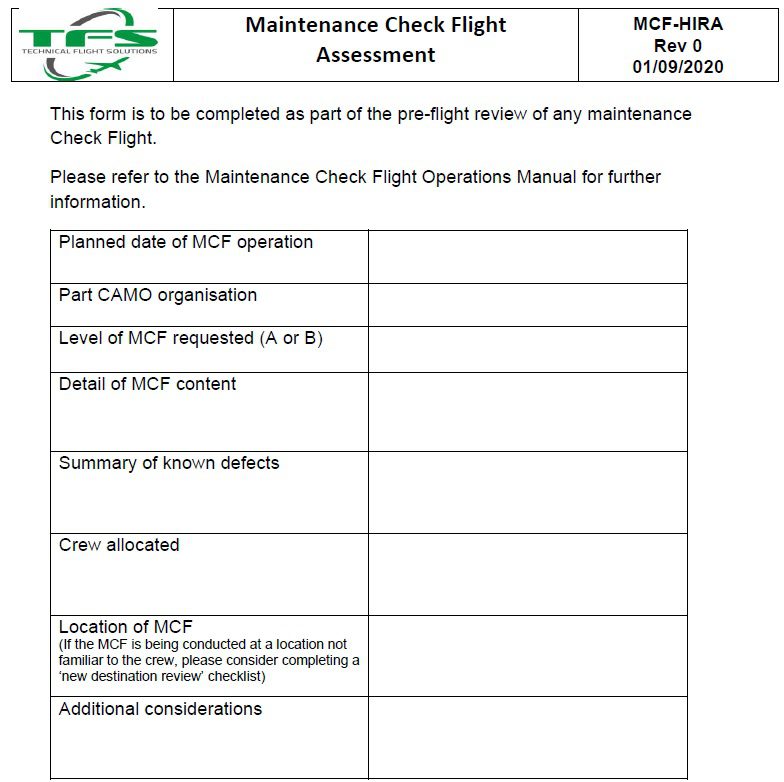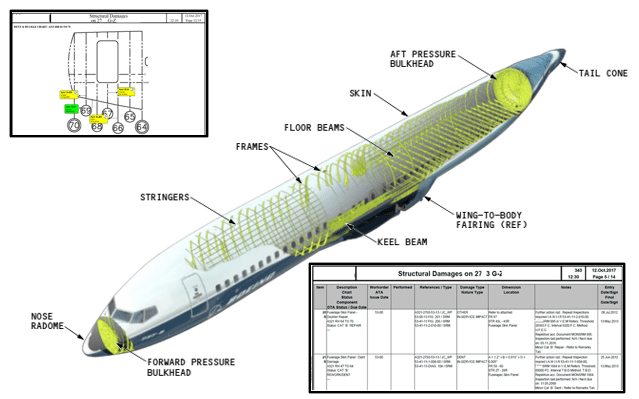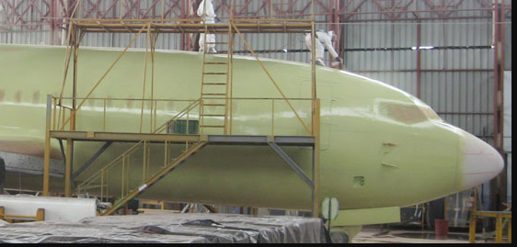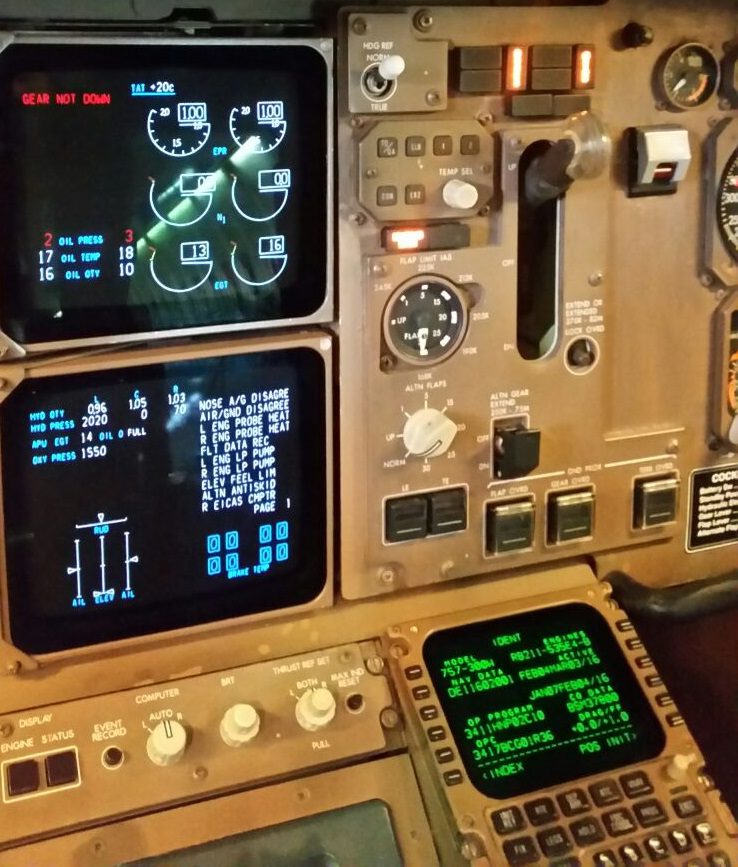HIRA – Hazard Identification & Risk Management in use- Camo Awareness
We have looked at risk identification and management in prior posts; so how might you use some of these principles in practice – we will consider an example of how your assessed risk and mitigation can demonstrate any considered impact upon your operation.




